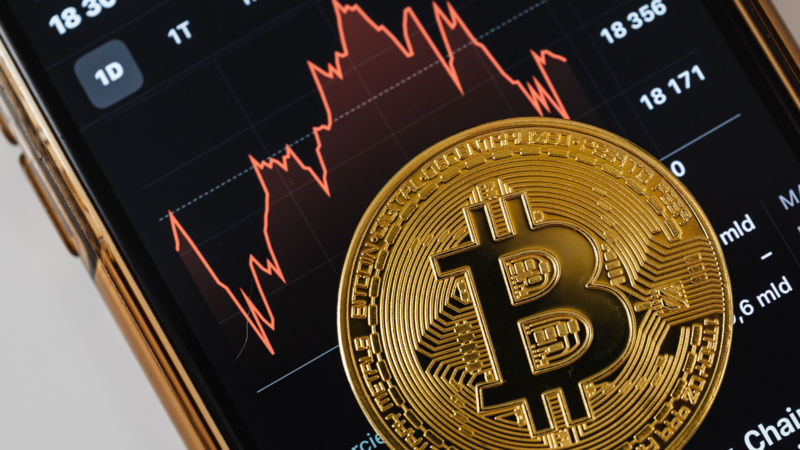Virtual Currency Games
Every single kid’s (and many developed men’s) fantasy about making a living by playing computer games is edging nearer to the real world. The new arrival of HunterCoin and the being developed VoidSpace, games which reward players in advanced money rather than virtual princesses or gold stars point towards a future where one’s ranking on a scoreboard could be compensated in dollars, and sterling, euros and yen.

The account of the mogul (virtual) realtor…
Computerized monetary forms have been gradually gaining in development both as far as their usefulness and the financial infrastructure that empowers them to be utilized as a trustworthy option in contrast to non-virtual government issued money. However Bitcoin, the first and generally notable of the crypto-monetary standards was made in 2009 there have been types of virtual monetary standards utilized in computer games for over 15 years. 1997’s Ultima Online was the main prominent endeavor to incorporate an enormous scope virtual economy in a game. Players could gather gold coins by undertaking journeys, battling beasts and finding treasure and spend these on defensive layer, weapons or land. This was an early incarnation of a virtual cash in that it existed simply within the game however it reflected true financial matters to the degree that the Ultima money experienced inflation because of the game mechanics which guaranteed that there was a ceaseless stock of beasts to kill and consequently gold coins to gather.
Delivered in 1999, EverQuest made virtual cash gaming a stride further, allowing players to exchange virtual merchandise among themselves game and however it was denied by the game’s creator to likewise offer virtual things to one another on eBay. In a true peculiarity which was entertainingly investigated in Neal Stephenson’s 2011 novel Reamde, Chinese gamers or ‘gold ranchers’ were utilized to play EverQuest and other such games full-time determined to gain experience points in order to step up their characters accordingly making them all the more remarkable and pursued. These characters would then be sold on eBay to Western gamers who were unwilling or incapable to place in the hours to step up their own characters. In view of the determined conversion scale of EverQuest’s cash because of this present reality trading that occurred Edward Castronova, Professor of Telecommunications at Indiana University and a specialist in virtual monetary standards assessed that in 2002 EverQuest was the 77th most extravagant country on the planet, somewhere close to Russia and Bulgaria and its GDP per capita was more prominent than the People’s Republic of China and India.
Sent off in 2003 and having arrived at 1 million customary clients by 2014, Second Life is maybe the absolute most complete illustration of a virtual economy to date by which it’s virtual cash, the Linden Dollar which can be utilized to trade in-game labor and products can be traded for true monetary standards by means of market-based trades. There were a recorded $3.2 billion in-game exchanges of virtual products in the 10 years between 2002-13, Second Life having turned into a commercial center where players and businesses the same had the option to configuration, advance and sell content that they made. Land was an especially worthwhile product to exchange, in 2006 Ailin Graef turned into the first Second Life tycoon when she transformed an initial investment of $9.95 into more than $1 million over 2.5 years through buying, selling and trading virtual land to different players. Models, for example, Ailin are the special case for the standard be that as it may, just a recorded 233 clients making more than $5000 in 2009 from Second Life exercises.